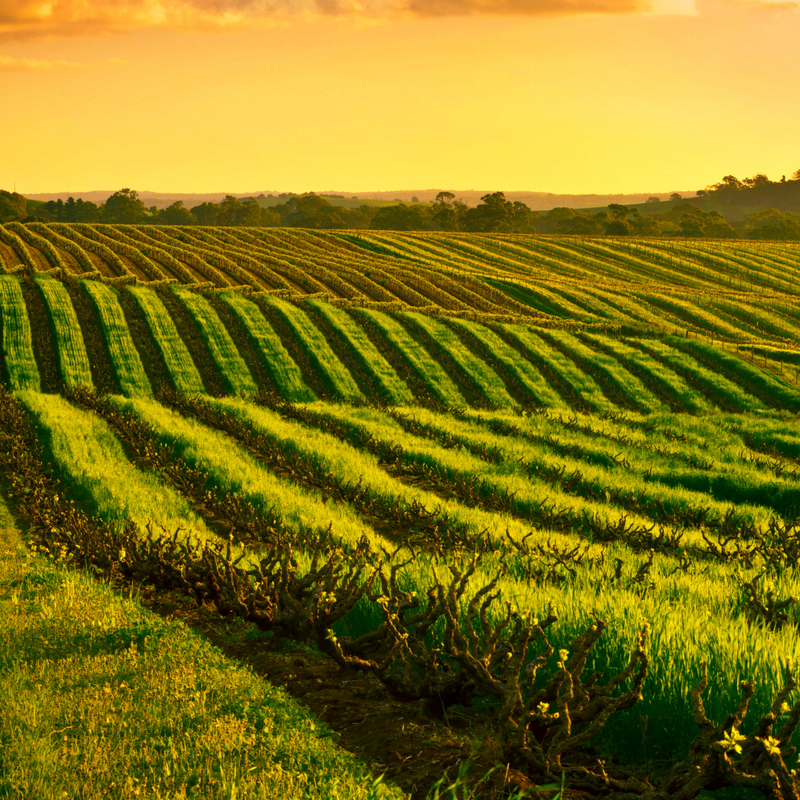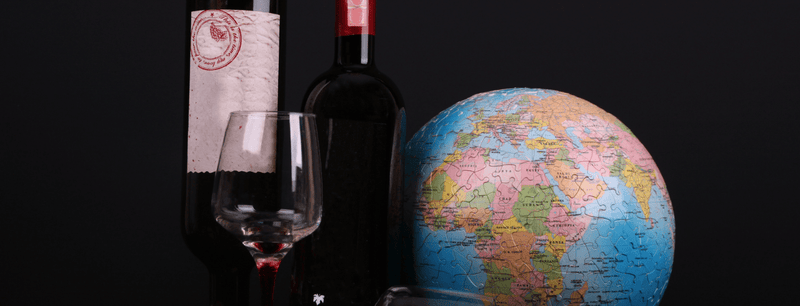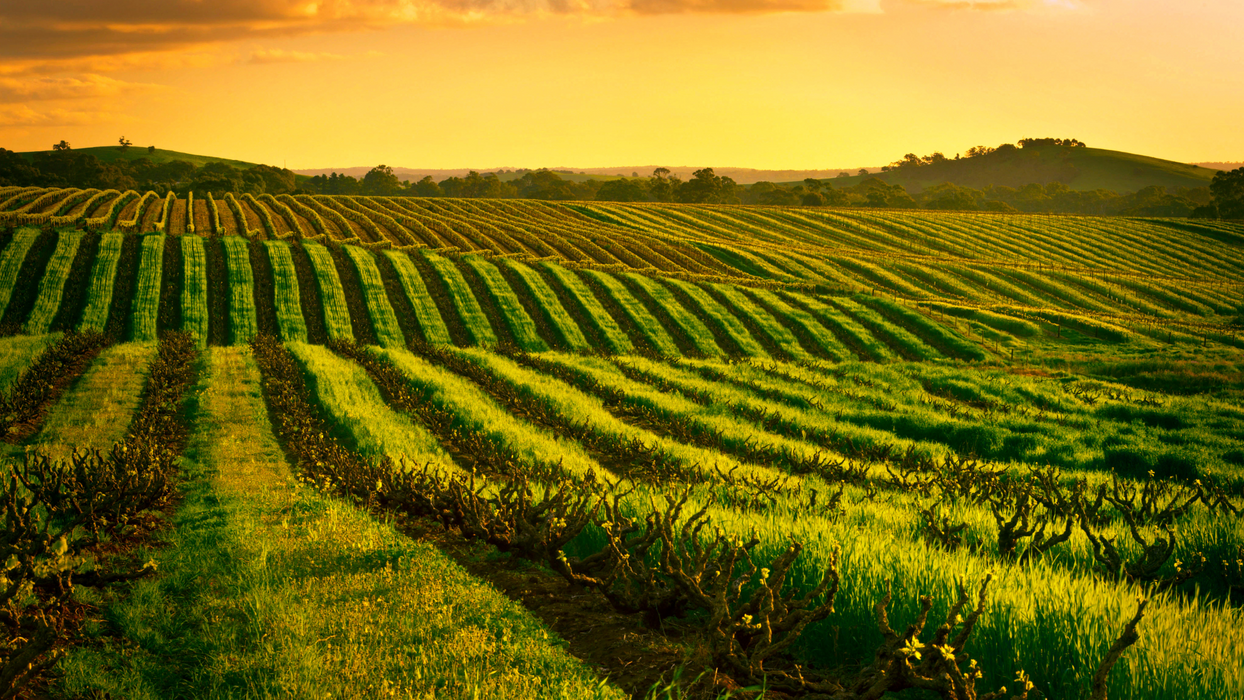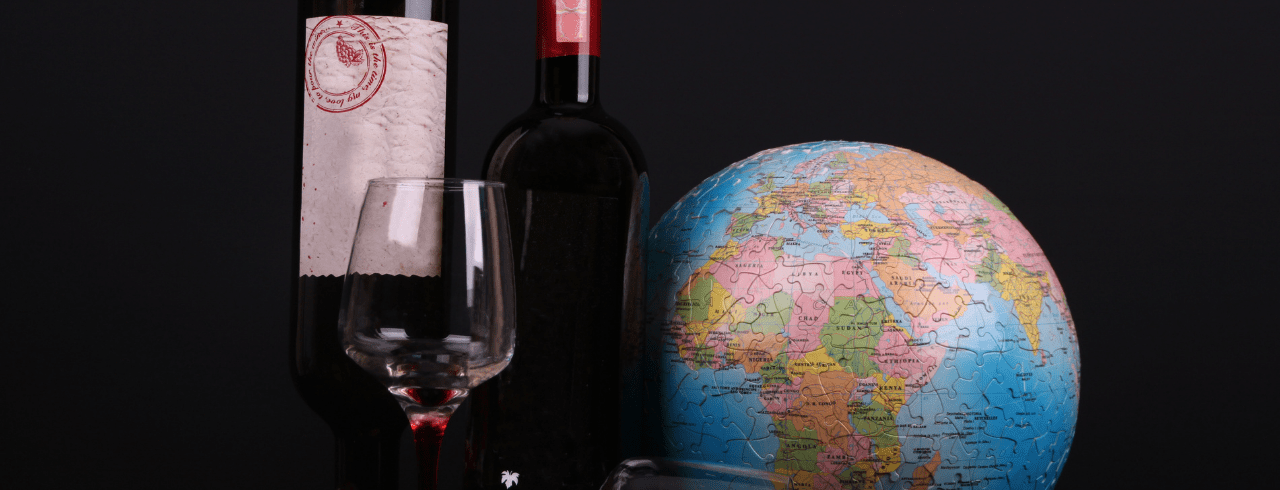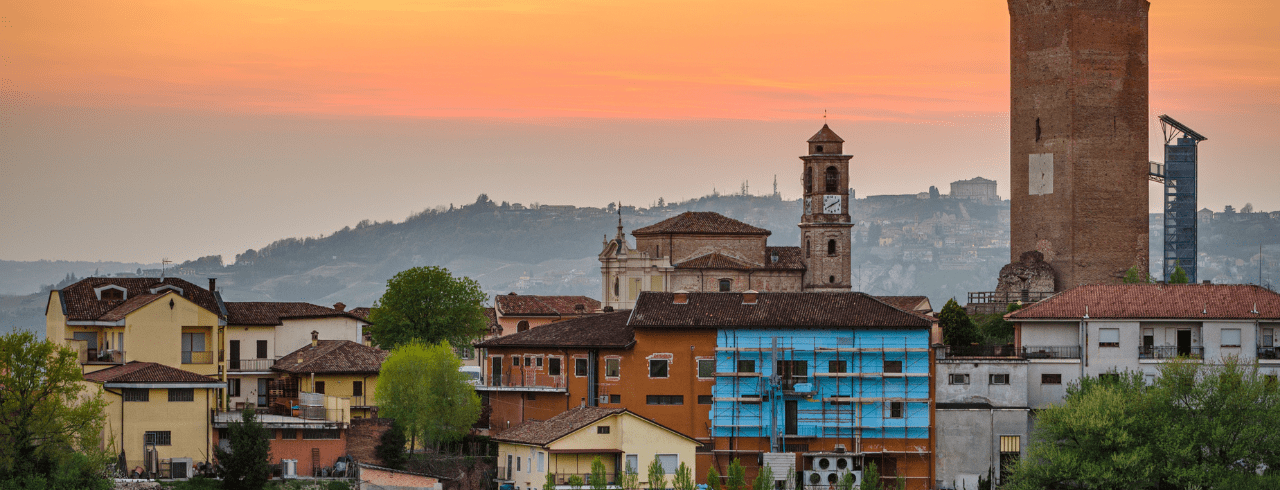
Barolo vs. Barbaresco Wine
If you love Italian vino, you likely recognize the famed and acclaimed Barolo and Barbaresco wines.
Produced in separate areas of Northwestern Italy’s Piemonte region, these Old World wines share strong similarities, like their dependency on Nebbiolo grapes and rich cultural history, but they also contrast in several key categories.
For an in-depth exploration of the vinicultural differences between these famously delicious Italian reds, read on for our Guide to Barolo vs. Barbaresco.
Barolo is Older
Barolo dates back before the 19th century, but the earliest forms of this Nebbiolo-based vino were a far cry from the bolder bottles of today.
Prior to around 1850, Barolo producers harvested their Nebbiolo grapes later in the year (November-December) to halt their fermentation and increase their levels of residual sugars.
This choice mellowed out the now-cherished tannins of the Barolo region’s wine, creating a notably fruit-forward and sweet vino resembling dessert wines like Port.
However, by mid-century, influential Italian winemakers saw an opportunity to produce a drier version of the wine with the bold flavors, firm tannins and high acidity it’s known for today.
This change revolutionized Barolo, transforming it from a lesser-known, sweet wine into a celebrated vino known in Italy as “the wine of kings, the king of wines.”
On the other hand, Barbaresco debuted in 1894 and traversed a far more treacherous path to prominence.
After the horrific World Wars of the 20th century devastated Europe, Piemonte winemakers struggled to turn a profit with their Barbaresco for decades. In the eyes of the public and the greater wine community, this once new and exciting Italian red grew dormant. For a time, even the inspiration behind the region’s viniculture waned.
But not for long.
In the 1950s, when a new generation of determined and creative Italian winemakers hit the Piemonte scene, they invested their time, money and dynamism into Barbaresco — helping it quickly gain critical and financial steam.
In tandem with rises in its quality and supply, Barbaresco enjoyed domestic and international swells in popularity and profitability.
Once on the brink of irrelevance, the region’s bright and elegant red vino secured its place among Italy’s pantheon of revered, successful wines.
Wine Insiders Tip: Check out our Wine 101 Guides on Barolo and Barbaresco for expert breakdowns of these red Italian classics.
Barbaresco and Barolo Come from Different Soils
The Barolo and Barbaresco regions both reside in Italy’s Piemonte, but each relies on different soil types to produce their uniquely cherished wines.
The Nebbiolo grapes of Barolo originate in the region’s dry, relatively infertile Helvetia soils, leading to bolder wine with prominent, firm tannins, full bodies, and especially bold flavors.
Conversely, the Nebbiolo grapes of Barbaresco grow in the area’s lush, nutrient-rich and fertile Tortonian soils, contributing to the smooth, bright and soft personality of its trademark vino.
Wine Insiders Tip: For research-based insight on tannins, sugars, alcohol, acidity, and other key factors that influence vino, check out our essential Guide to the Science Behind Food and Wine Pairings.
Barbaresco is Rarer, but Barolo is Pricier
On an annual basis, Italy’s Barolo region produces over 14 million bottles of its trademark red wine for domestic and international consumption.
While this pales in comparison to larger Italian regions like Chianti, which produces 500% more wine per annum, it is undoubtedly a respectable output considering the area consists of 11 small villages.
Meanwhile, the Barbaresco region is minuscule — as far as world-renowned growing regions go — and its production capacity reflects it.
At ⅓ the size of Barolo, this diminutive vinicultural hub yields only 4.5 million bottles of its vino annually. As a result, its output is often harder to find, particularly for customers purchasing from international markets.
However, despite its limited supply, Barbaresco is often more affordable than Barolo, which fetches higher prices due to increased global demand and enhanced aging capabilities (as discussed below).
Love Italian Wine? For more information on the cultures and regions behind Italy’s most beloved vini, check out our Italian Wine Guide.
Barbaresco Requires Less Aging, but Barolo Ages Better
Both Barolo and Barbaresco require aging before their releases to the general public, but the need and capacity for maturation vary significantly between the two.
Barbaresco wine requires at least 2 years of aging before release to smooth its tannins and enhance its flavor profile for the ultimate customer experience. Barbaresco Riserva (an uber high-quality variation) requires 4 years of aging to earn its prestigious and valuable label.
Barolo wine requires at least 3 years of aging. The extra year is necessary due to the bolder personality, more robust flavors and firmer tannins that distinguish this red from its Piemonte neighbor. Barolo Riserva requires a substantial 5 years of aging, including 3 years in oak, to garner its illustrious and valuable accommodation.
That said, the most significant difference in aging between these two Italian reds comes after the consumer purchases their wine.
Barbaresco is famously “drunk young,” as its Nebbiolo grapes ripen sooner, allowing the wine to express its full flavor profile more quickly. While this allows for earlier enjoyment, it arguably comes at a cost, as the vino can lack the ability to consistently age gracefully over many years or even decades.
Conversely, Barolo is ideal for extended aging. Many experienced collectors intentionally allow this wine to mature gracefully for long periods to enjoy a fuller bouquet of bold fruit flavors and savory aromas.

Your New Home for Vino
Now that you know the difference between Barolo and Barbaresco, you can choose your favorite or try both.
For more information about wine regions, varietals/blends, and more — check out our full library of Wine 101 Guides.
